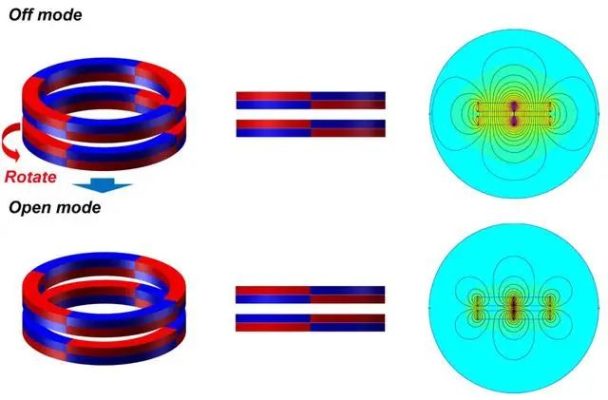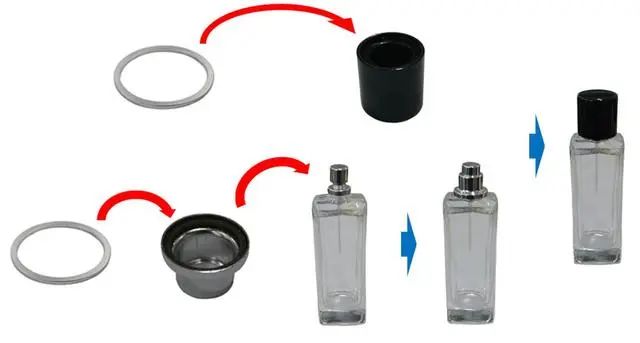Human civilization is inextricably linked to fragrances, which come in many forms, including dried herbs, burned wood, or squeezed essential oils. Perfume has been widely used since records began. Egypt, Greece, Persia, Rome, China used perfume for personal and religious purposes, perfume played an important role in the lives of the Romans and Greeks, and in Greece reached such a high degree of specialization that every part of the body required A special fragrance. Later Catherine de' Medici knew as much about perfume as about poison. In the era of Queen Elizabeth, rare perfumes were a way to win the favor of the royal family, but Louis XIV had a special perfume every day in the court of Versailles, and the production was supervised by the king himself (legendary Louis XIV did not dare Take a bath, there was a plague at that time, and you may be infected when you take a bath). In those days, perfumes had hygienic and aesthetic value, as they were true antiseptics and deodorants, able to mask bad smells when people did not shower regularly. Even today, perfumes are still in great demand. While chemists have put many synthetic alternatives on the market, the consumption of natural products is gradually increasing.
The process of making perfume was already developed in the ancient Egyptian period, and then the ancient Romans and Arabs further improved the process. The manufacturing process was introduced to Europe in the 14th century, and France remains a center of trade and design for perfumes.
With the development of aesthetic standards, perfume bottles not only serve as containers for perfume, but also form an art. Over the past 100 years, perfume bottles have become the carrier of fashion sense.
In 2010 industry giant Channel used magnetic perfume caps at Bleu De Chanel and is still using a similar design today. The magnetic perfume cap greatly improves the comfort level of perfume.
The principle of magnetic perfume cap
Manufacturing process of magnetic perfume cap
Magnets in Magnetic Perfume Caps
The magnet in the magnetic perfume cap is a sintered NdFeB magnet, and the annual usage of the magnetic perfume cap magnet is very large. Many magnet manufacturers in Zhejiang Province and Guangdong Province have converted millions of magnets, and the market competition in this field is very fierce. In this case, some magnet manufacturers have applied low-cost sintered NdFeB magnets and bonded magnets to magnetic perfume bottles. For low-cost sintered NdFeB magnets, their life and pulling force will be much lower than ordinary magnets.
Considering the ergonomic design, the magnet will be magnetized into 4 poles. The 4-pole magnet also provides enough pulling force to avoid the magnetic perfume cap from falling off. For the same magnet, the pulling force of multiple poles will be higher than simple axial magnetization, so customers can find 8-pole and 16-pole magnets in low-cost sintered neodymium magnets. The magnetization process is an important reason for the productivity limitation of magnetic perfume lid magnets in the past few years.


